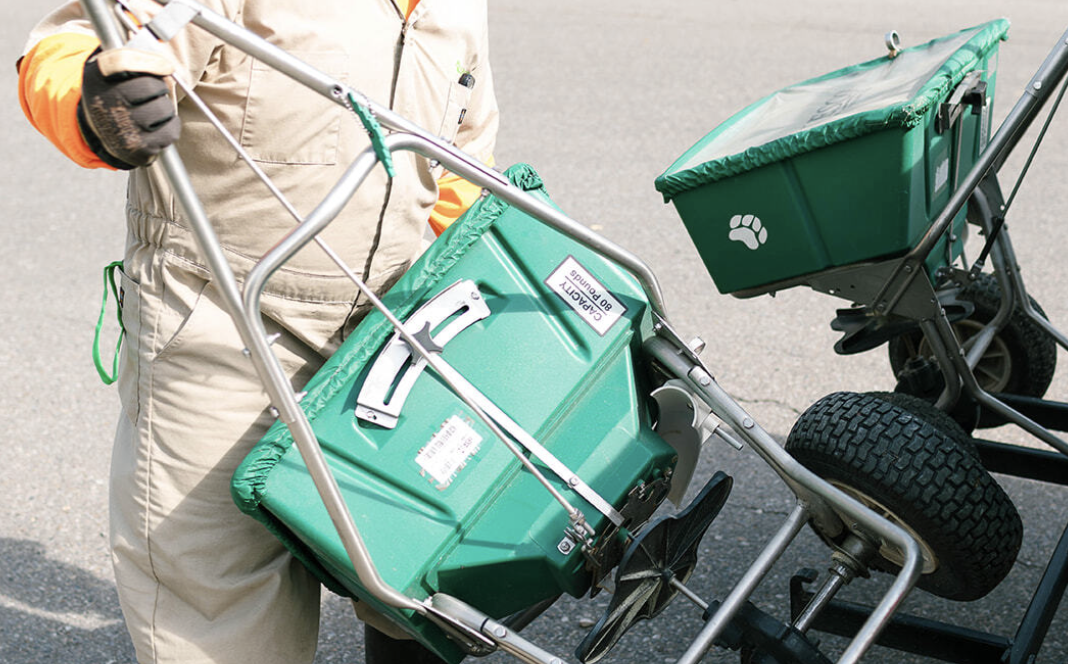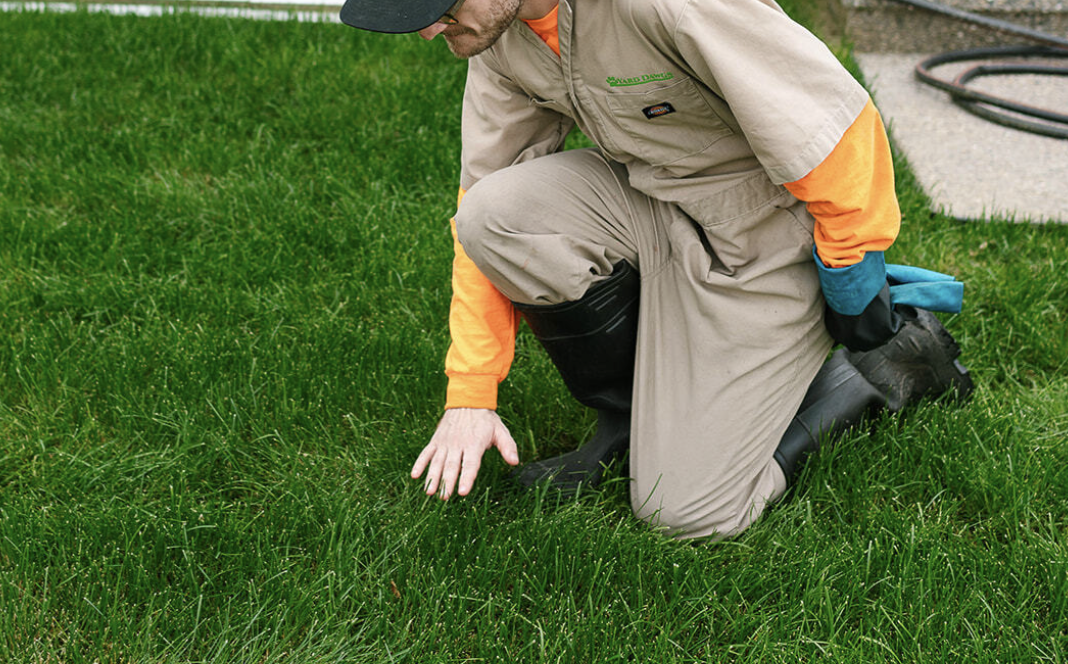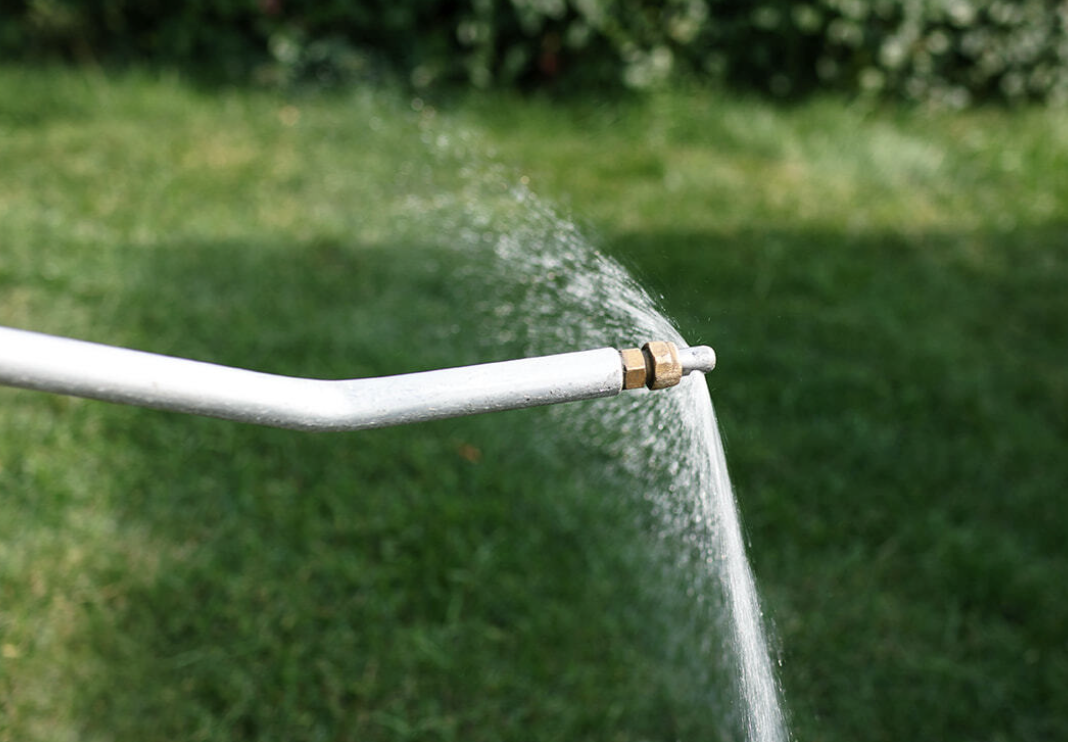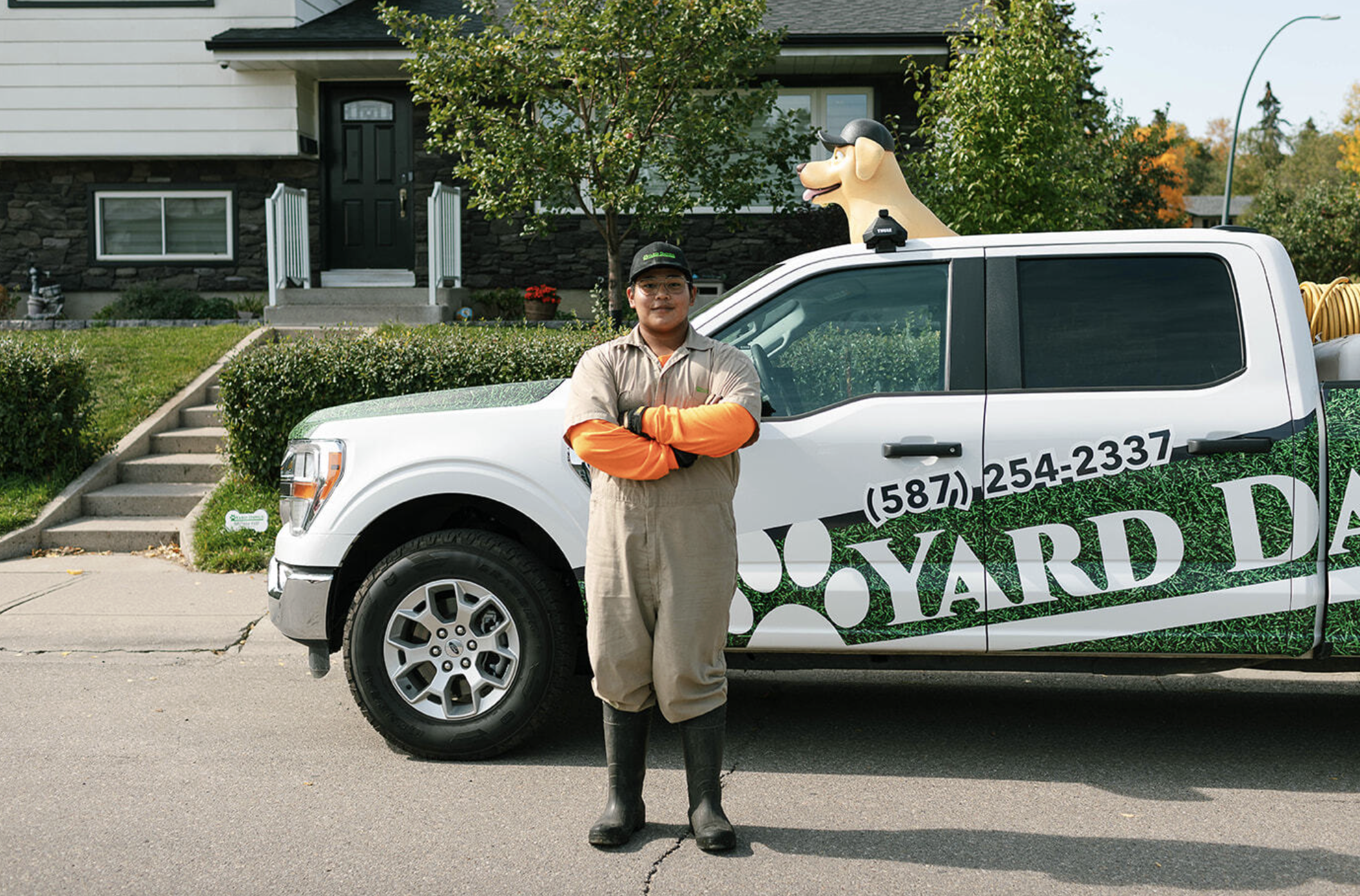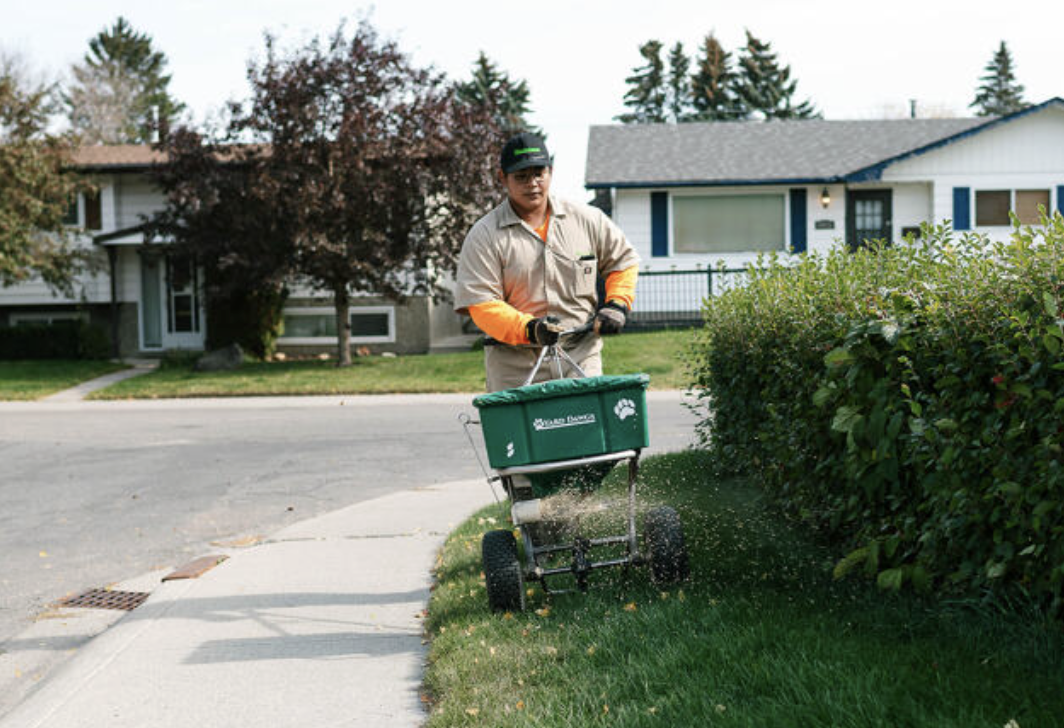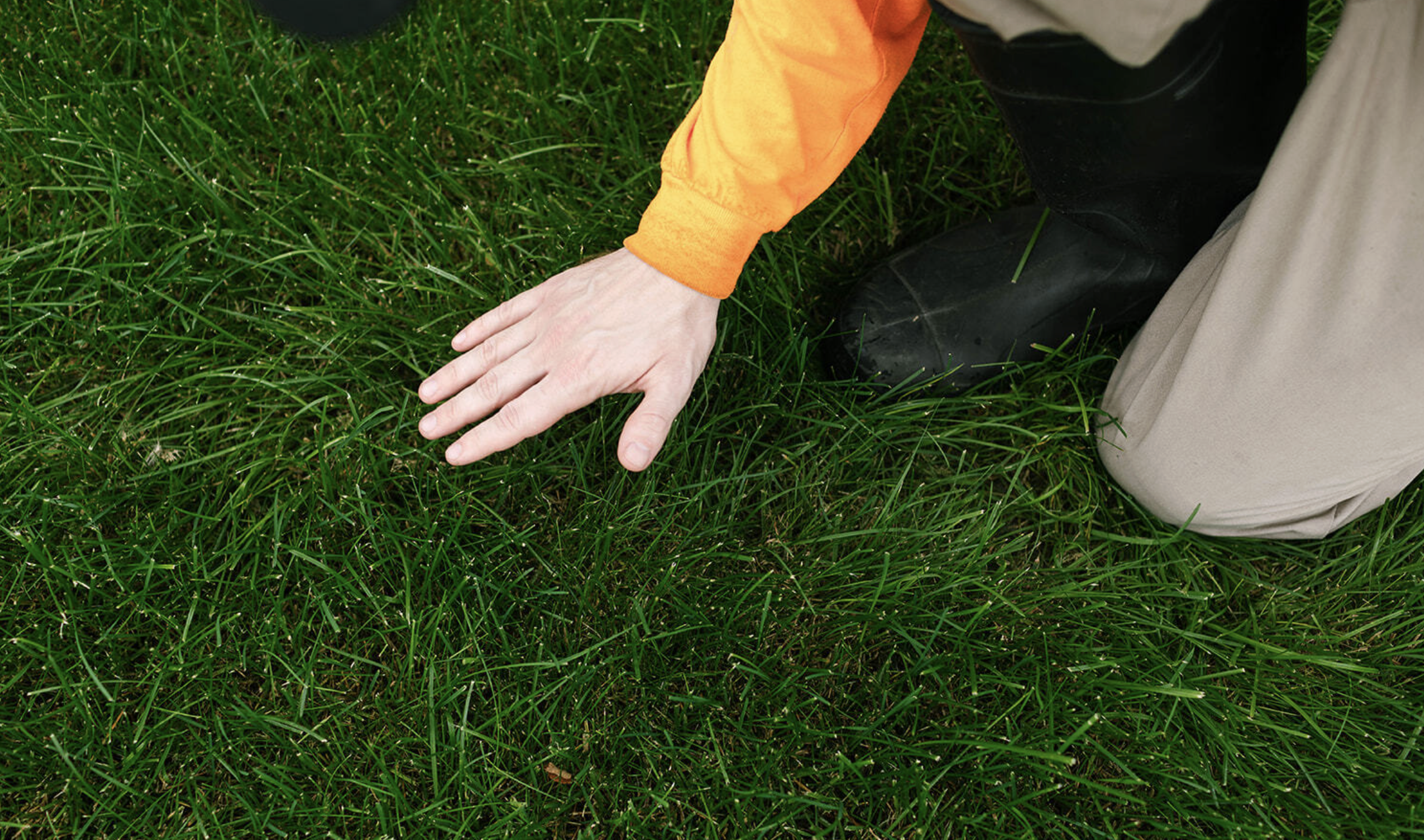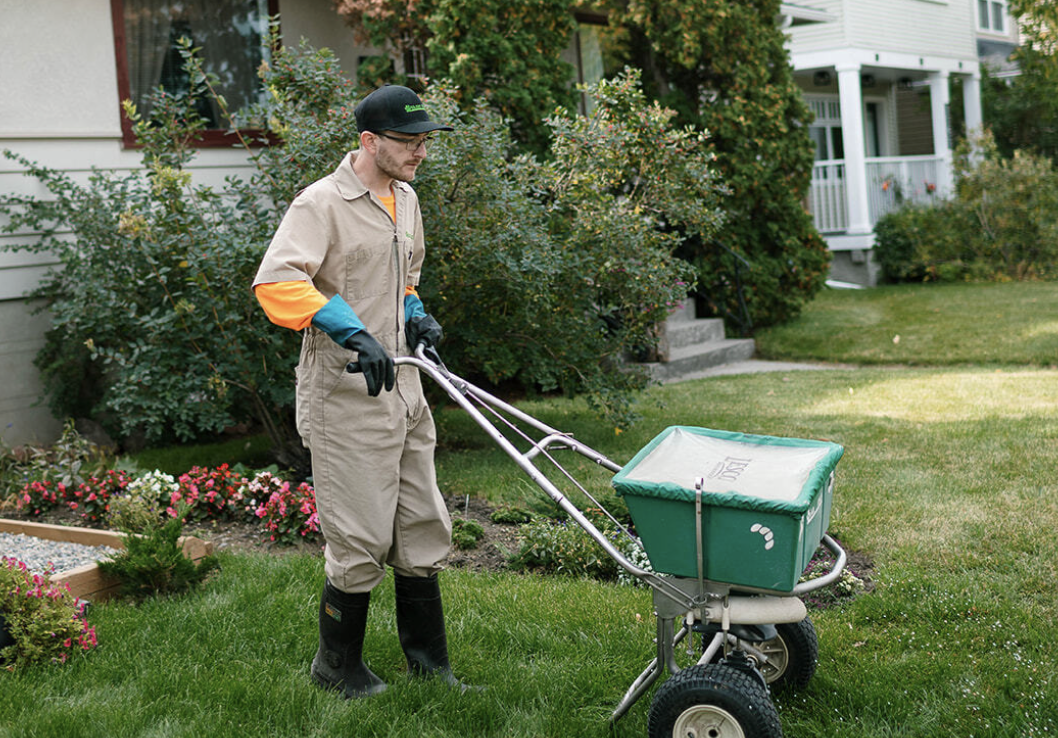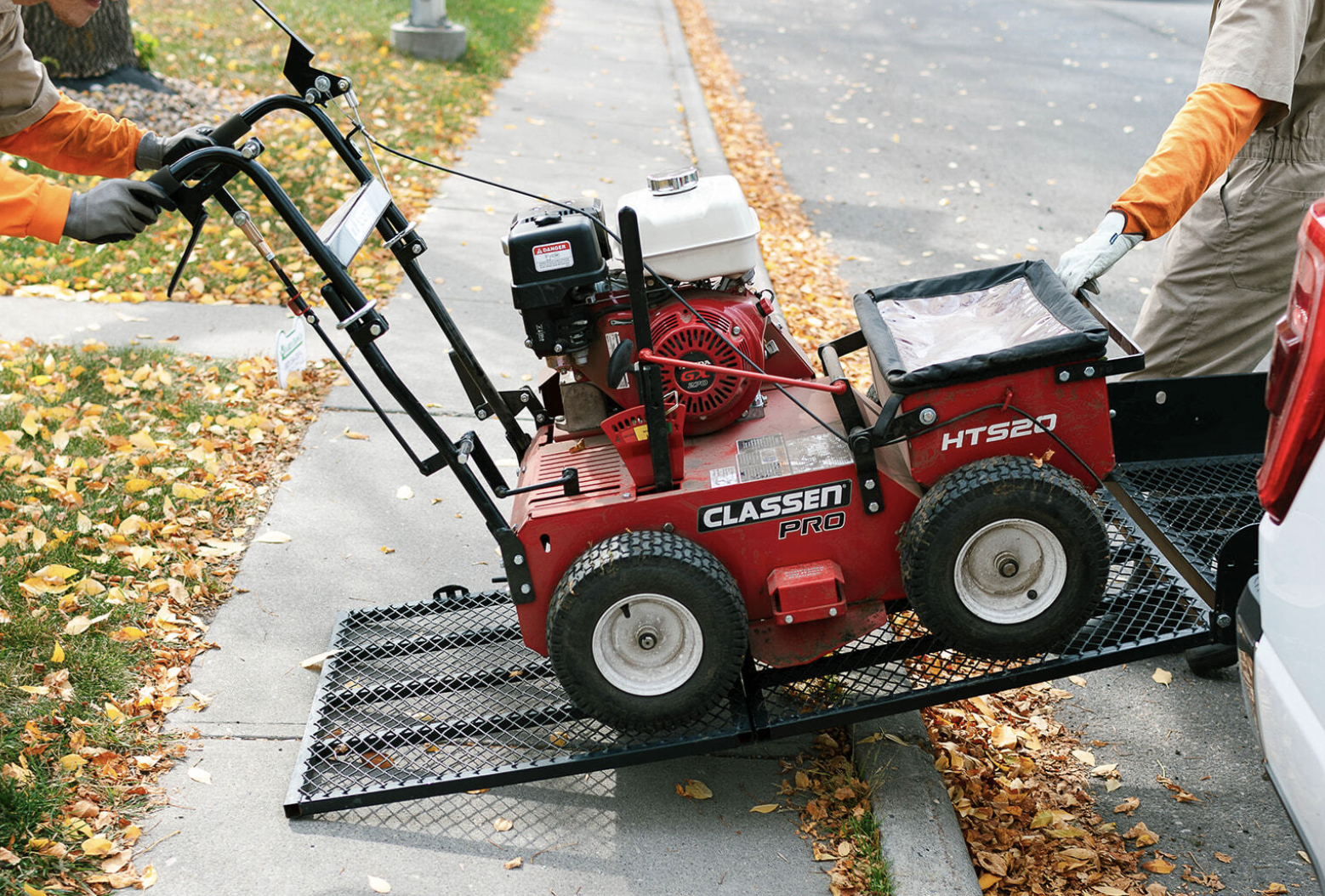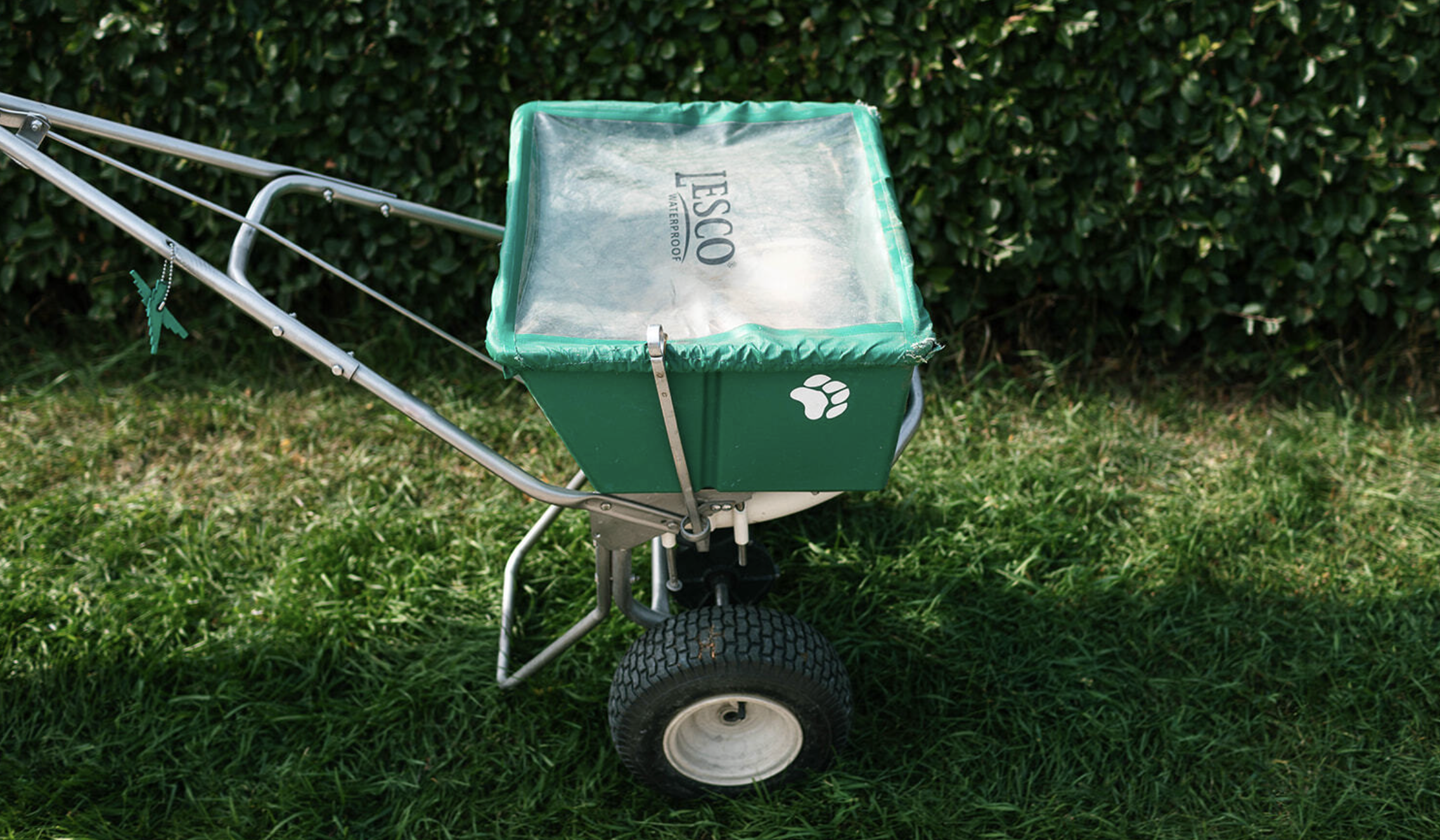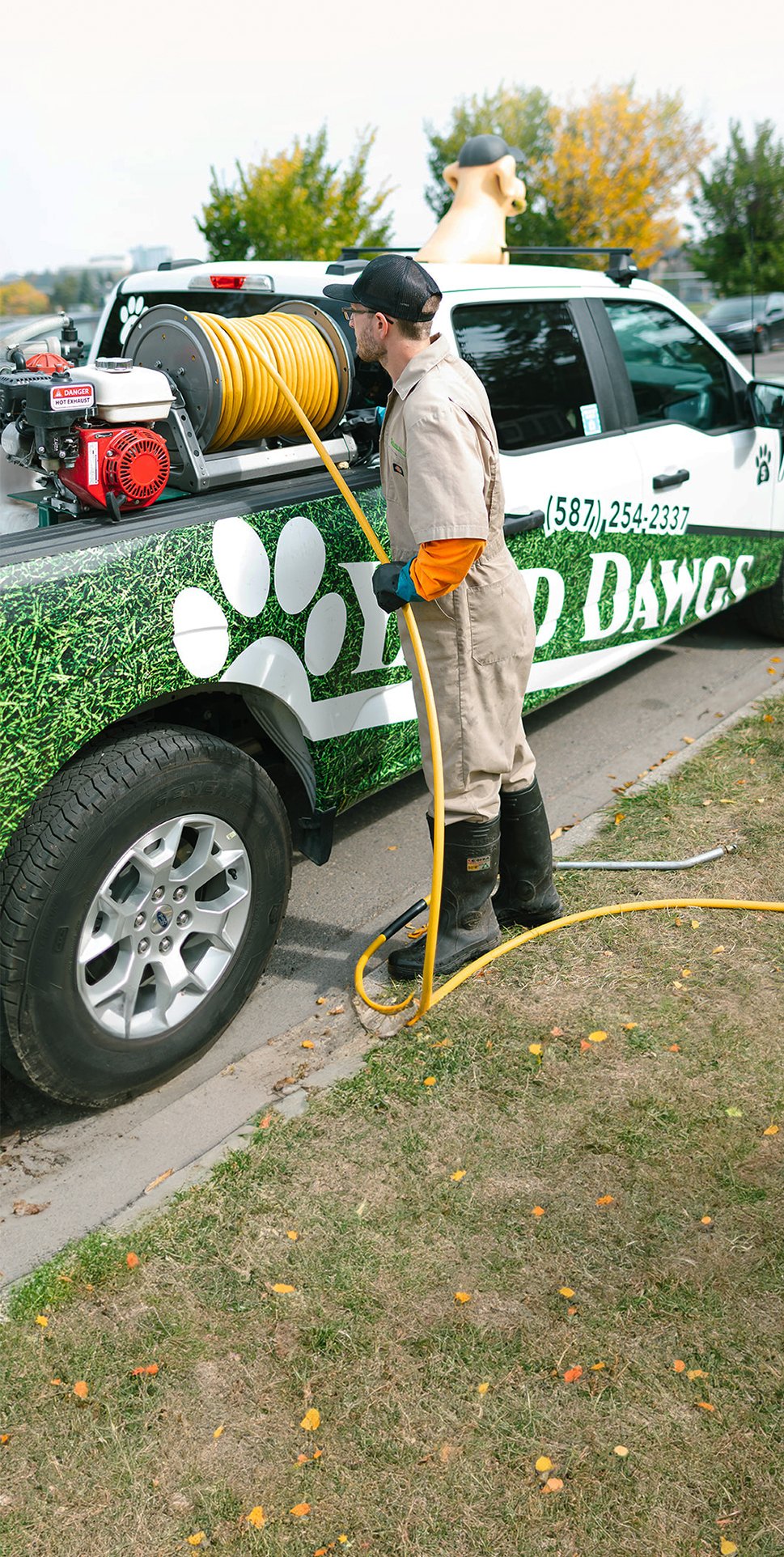The secret behind achieving a lush and vibrant lawn may be more obvious than you thought. It is actually overseeding. Overseeding is a great technique to achieve healthier and fuller lawns. The key is to know how to do it.
In this article, we will overview everything you need to know about overseeding, from what it is to its benefits and practical tips. So, let’s dive into it.

What is Overseeding?
Before diving further into the guide, let’s get clear on what is overseeding. Overseeding is the process of spreading grass seed over an existing lawn. Typically, it is done to improve its density, color, and overall health. The main reasons for overseeding are fall and early spring, depending on the type of grass.
Benefits of Overseeding
To understand how overseeding helps repair bare spots on your lawn and boost growth, let’s look at the process's main benefits.
Improved Lawn Density
One of the main benefits of overseeding is improved lawn density. How? Well, overseeding helps fill in bare lawn spots and promotes a lush and green appearance.
Better Pests and Disease Resistance
Another benefit of overseeding your lawn is that it will become more resilient to pests and different types of fungal diseases. Thus, your lawn will have a reduced need for chemical treatments.
Let’s understand how this works. Overseeding allows you to achieve thicker grass. Thicker grass acts like a natural barrier, and pests find it harder to infest a densely packed lawn.
Enhanced Weed Control
Overseeding increases lawn density, which reduces available spaces for weeds to take root. Thus, this practice also allows you to improve weed control and ensure a better appearance of your lawn.
Improved Lawn Health
Overseeding with drought-tolerant or disease-resistant grass varieties can improve overall lawn health and reduce maintenance needs.
New seed varieties are typically better equipped to handle environmental stressors like drought or heat. A lawn that is resilient to these conditions requires less water and maintenance while remaining green and healthy.
Better Soil Erosion Prevention
A thicker and denser lawn helps to prevent soil erosion. How does this work? Well, it helps to stabilize the soil at the grassroots. It is especially beneficial for areas and climates prone to rain. Grassroots anchor the soil, preventing it from washing away, especially on slopes or in areas with exposed soil.
How to Overseed Your Lawn
Finally, it is time to dive into the practical section of this article. Let’s take a look at the steps you need to take to oversee your lawn efficiently.
Prepare the Lawn
Before proceeding with overseeding, make sure to prepare your lawn properly. Here is how to do it:
- Mow your lawn to a lower height, removing about one-third of the grass blades.
- Rake the lawn to remove any debris, such as leaves, dead grass, or sticks.
- Aerate the soil to help create openings where the grass seeds can settle and take root.
Choose the Right Seed
It is essential to choose the right grass to ensure a healthy and durable lawn that suits your climate and conditions. But, considering that you already have a lawn and plan overseeded, you can proceed with the same type.
Consult our experts to find out the type of grass you have or get advice on the best seed type for your area.
Apply the Seed
Proper seed application is key to achieving an even lawn.
- Use a broadcast spreader to distribute the seed evenly across your lawn.
- Apply half of the seed in one direction and the other half in a perpendicular direction for uniform coverage.
- Lightly rake the lawn after seeding to ensure the seeds make contact with the soil.
Focus on bare spots to ensure they get enough seed to cover them in lush green shortly.
Water the Lawn After Overseeding
Watering is essential after overseeding, as it helps the seeds germinate and establish roots in the soil.
- Water the lawn gently with a fine spray to avoid washing away the seeds.
- Keep the soil consistently moist for the first 2-3 weeks after seeding.
- Water should be used in the early morning or late afternoon to prevent water evaporation during the hottest parts of the day.
Fertilize for Growth
After overseeding and watering, make sure to fertilize the lawn further to encourage robust grass growth and strengthen new grass plants.
- Apply a balanced, slow-release fertilizer that is suitable for new grass.
- Choose a fertilizer that’s high in phosphorus to promote root development.
- Follow the manufacturer’s instructions for the correct application rate and timing.
Partner with Yard Dawgs to Achieve the Lawn of Your Dreams
You are in the right place if you want a healthy-looking and vibrant lawn. Yard Dawgs offers expert lawn care advice and professional services to help you achieve the lawn of your dreams.
Our services are tailored to the specific needs of your lawn to ensure maximum efficiency. So, whether you need advice, aeration, weed control, slit-seeding, or anything else in regard to your lawn care, contact us, and we will be more than happy to assist you.


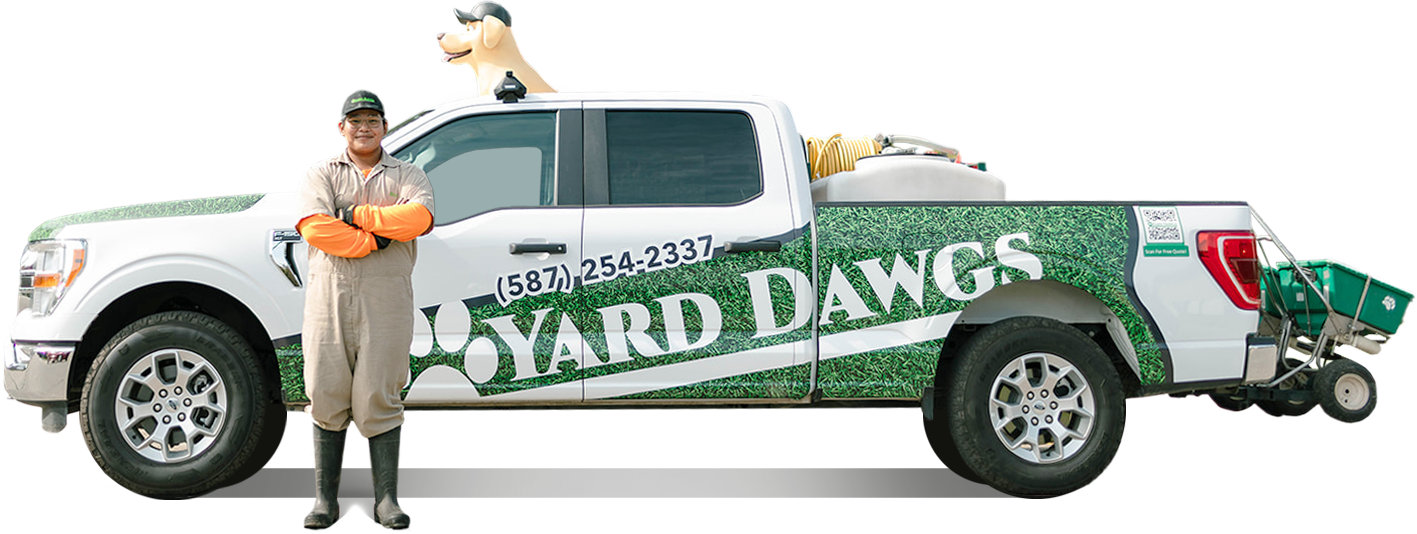


.png)
